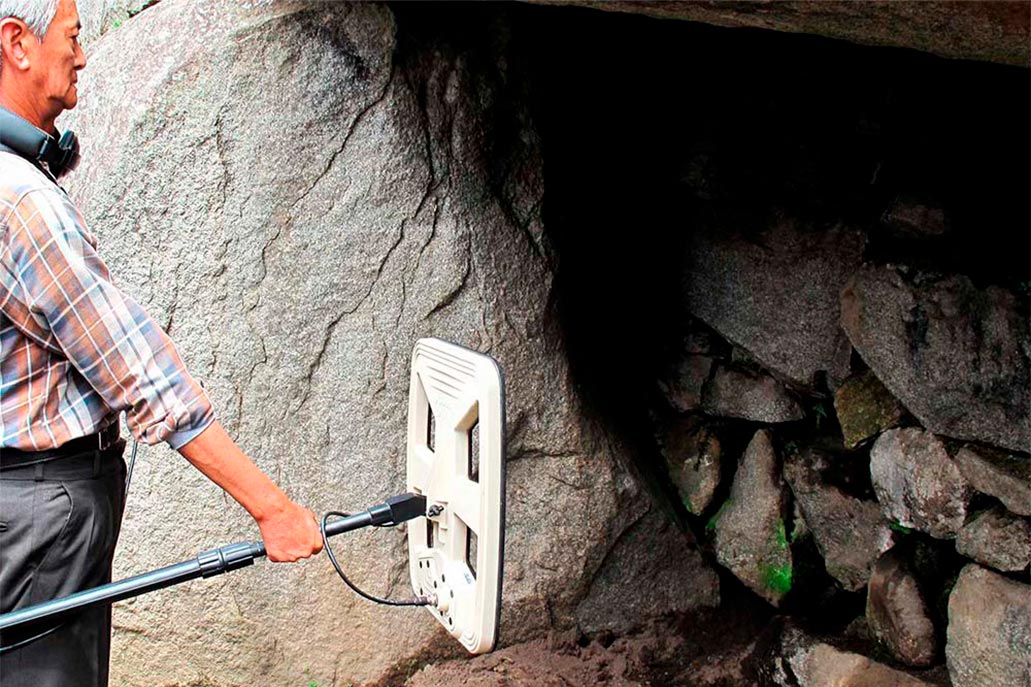The Secret Door of Machu Picchu
The Secret Door of Machu Picchu is a mysterious cavity not yet explored but that would hide great treasures and even the mummy of the famous emperor Pachacutec. Access to this sector is currently prohibited for visitors. For fear of possible irreversible damage to the site, the Machupicchu authorities have not yet approved the exploratory work on said structure. Meanwhile the Secret Door will continue to be the greatest mystery of the Inca wonder.

Contenido
The mysterious Secret Door
In the urban sector of Machu Picchu (under the sector of the Three Ports) is the mysterious Secret Door, a cavity rustic walled with stones. What about the other side of this door? Recent investigations used infrared light to deduce that there are remains of ceramics and even offerings of gold and silver. And even the hypothesis that it is the mausoleum where the mummy of Emperor Pachacutec is, who ordered the construction of Machu Picchu, is even handled. However, due to the danger that removing this door represents for Machu Picchu, the authorities have not approved the investigations at the site.
The discovery
For many years the Secret Door went unnoticed by researchers and visitors who did not notice this building. In 2010, the French engineer David Crespy noticed this bricked-up door. Together with the French explorer Thierry Jamin they undertake investigations in the place. Using infrared ray and other modern instruments, he concludes that on the other side of the door there is a cavity-like cavity that would serve as a mausoleum.
With these findings and their hypotheses about the mystery of the Secret Door, they request permission to remove the stones that cover the door. However, over the years the authorities of Machu Picchu have denied this possibility because they assure that there are no conclusive indications that support this theory. Furthermore, the removal of this structure could cause irreversible damage to the archaeological site. Until today it has not been possible to find out what the Secret Door of Machu Picchu really hides.
The tomb of Pachacutec?
Emperor Pachacutec was the one who ordered the construction of Machu Picchu in the middle of the year 1450 AD. This ruler was the one who founded the empire of Tahuantinsuyo, who managed to expand the Inca territory as no other ruler did.
According to Spanish chronicles, Emperor Pachacutec (like Pedro Sarmiento de Gamboa) was buried in the Toqocachi sector, now the San Blas neighborhood. It also states that the viceroy Conde de Nieva ordered that the remains of this emperor and ten other Inca rulers were transferred to the then San Andrés hospital in Lima.
That is, according to the chronicles, Pachacutec’s mummy must be in the city of Lima. However, the remains of the emperor have not yet been found. Although there is no scientific basis, the French explorers who discovered the Secret Door, suggest that there is the mummy of Pachacutec. This is supported by investigations with infrared light that account for ceremonial objects such as ceramics in the cavity of the Secret Door. The authorities have not yet granted permits to uncover the stones that hide the interior of this mysterious enclosure. Will Pachacutec’s tomb be there?
How to visit it?
At the moment the visit of tourists is not allowed in the sector where the Secret Door is. The entrance to Machu Picchu only allows the tour of the enclosure of the Three Ports, located on the Secret Door. The only way to visit it is by requesting a special permit from the authorities of the Inca city (the Disconcerted Directorate of Culture Cusco).
More information about the Secret Gate of Machu Picchu
The Secret Door has been roughly bricked up, as if it were done at the last minute and quickly. For this reason, the researchers point out that it was probably sealed by the Incas themselves during the sudden invasion of the Spanish in Cusco. It should be noted that the Inca city was abandoned in 1535 during the wars between the Incas and the Spanish.
Like the Secret Door, in Machu Picchu some of the difficult-to-access temples and enclosures remain closed to the public, such as: the Temple of the Sun or the Secret Tomb, located below it.